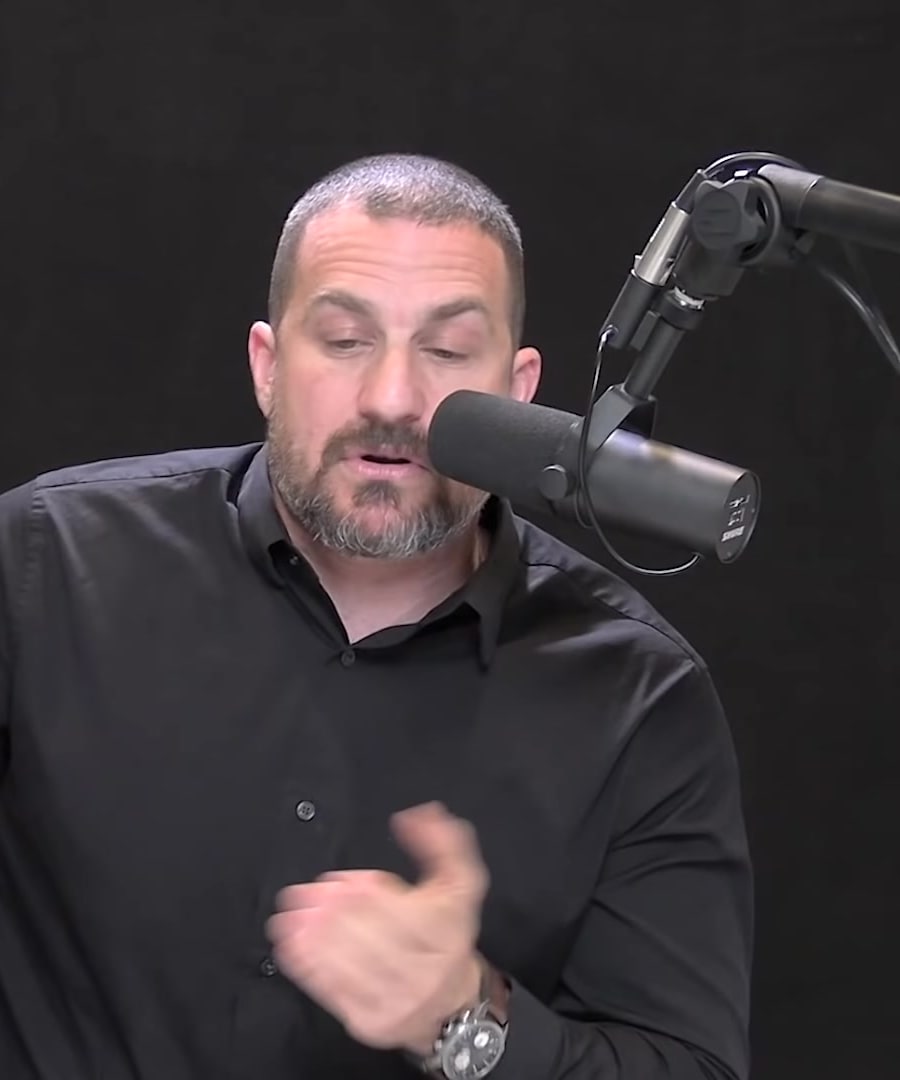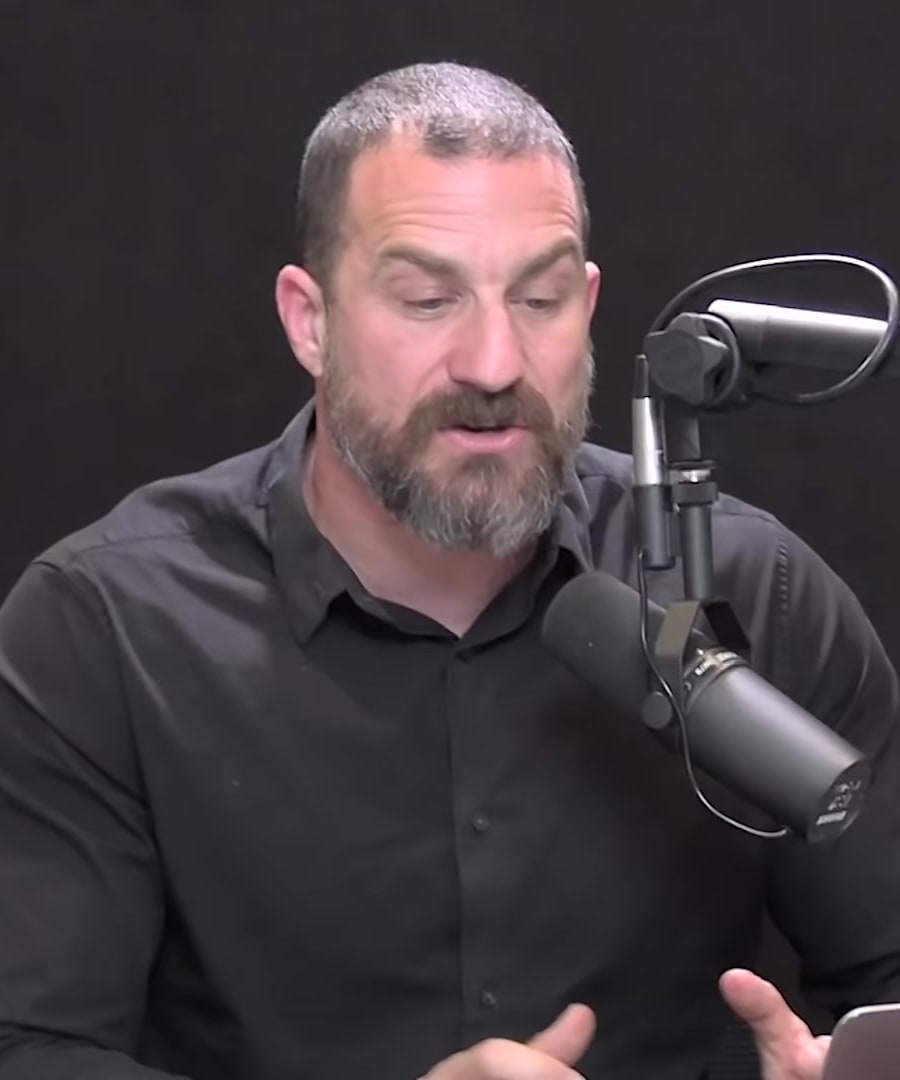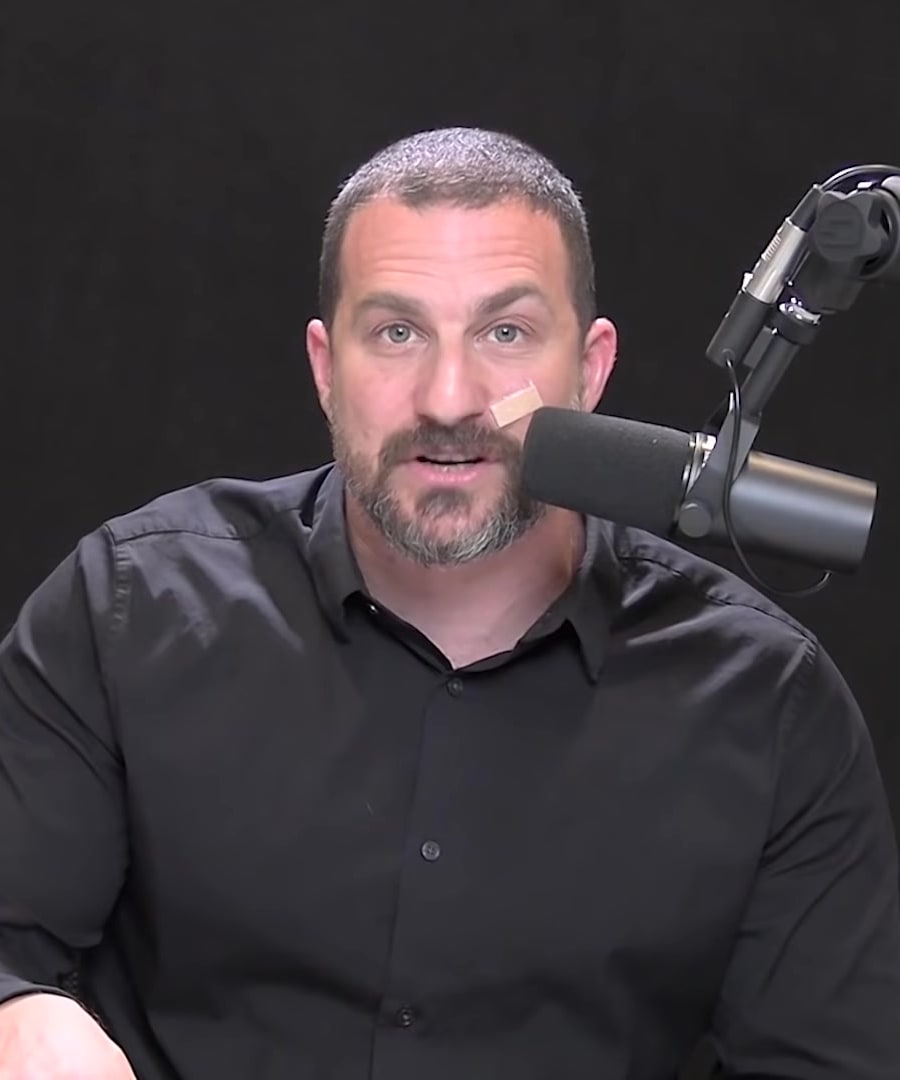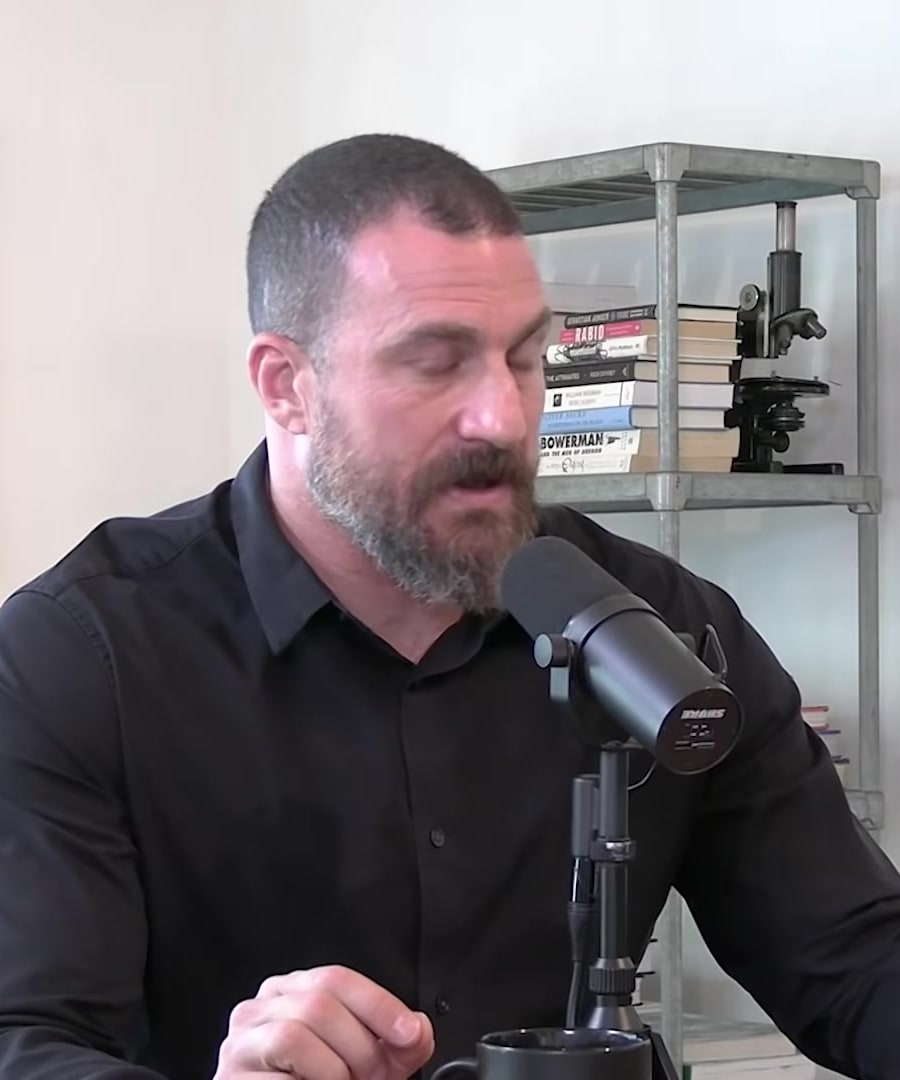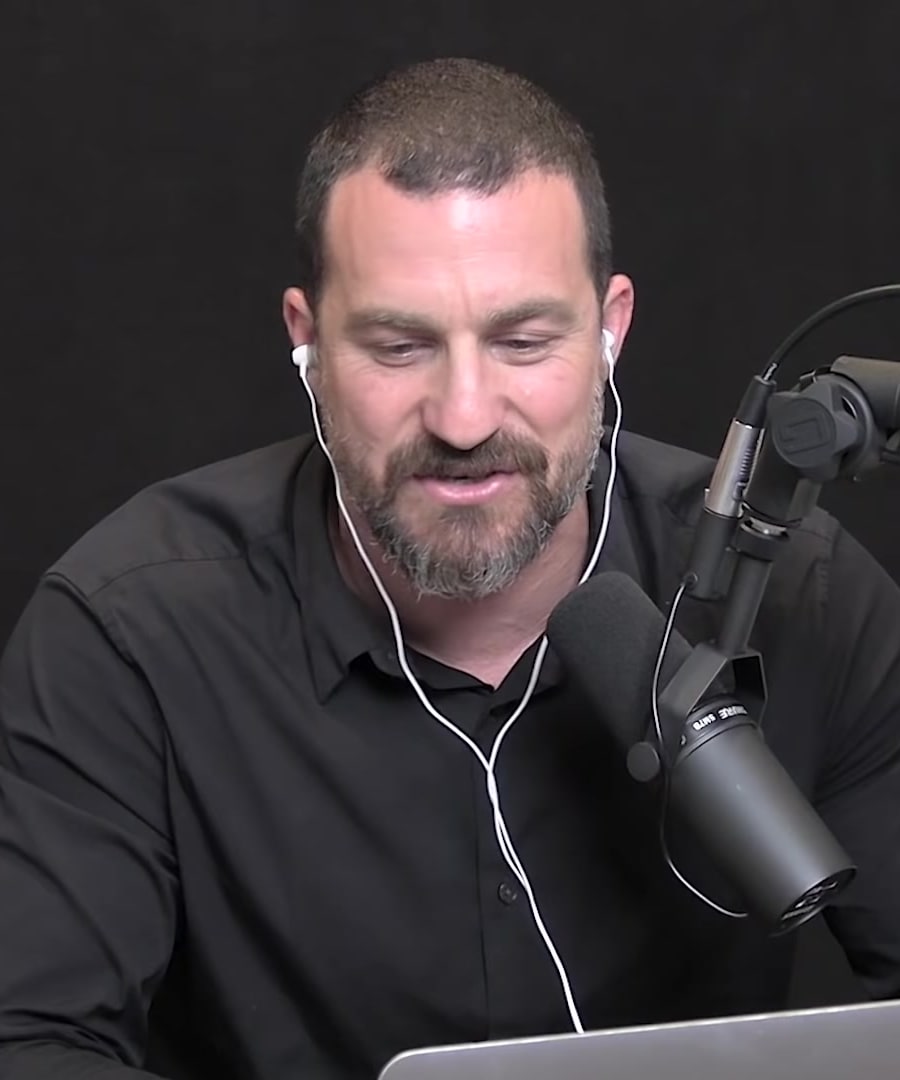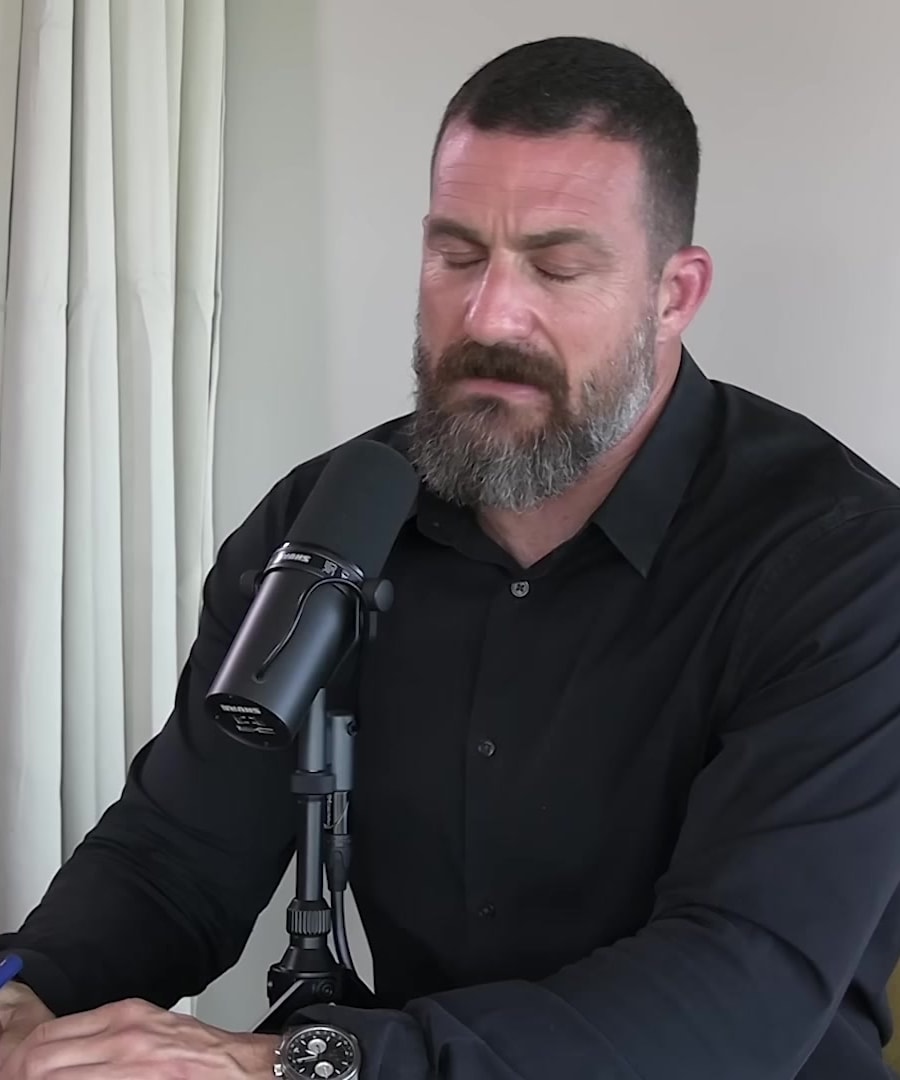testosterone
Sources:
Here are some key insights on testosterone from the :
Hormonal Development
- Primary Sexual Characteristics: Testosterone is crucial in developing primary sexual characteristics like genitalia. It converts to dihydrotestosterone (DHT) in the fetus, impacting the development of male genitalia 1.
Sunlight and Testosterone
- Sunlight Exposure: Exposure to sunlight significantly increases testosterone levels, especially in individuals from regions with low UV exposure. The skin plays a role in synthesizing vitamin D3, which is vital for testosterone production 2.
Competition and Aggression
- Competitive Behavior: Testosterone influences competitiveness and reduces anxiety, making individuals more likely to engage in competitive behaviors. It lowers stress thresholds and enhances effort, which may lead to both proactive and reactive aggression 3 4.
Women's Testosterone
- In Women: Women also produce testosterone, mainly from the theca cells in the ovaries. It plays significant roles in health optimization. For pathology prevention like breast cancer, estrogen, and progesterone are more critical 5.
Behavioral Impacts
- Behavior Enhancement: Testosterone amplifies existing traits, boosting confidence and competitiveness. It can make people more confident but also potentially more impulsive and less cooperative 6.
Important Considerations
- Replacement and Supplements: If considering testosterone replacement or supplementation (like using Tonga Ali), it’s crucial to manage these carefully and understand their impacts on things like fertility and overall health. Proper behavior such as sleep and nutrition should be prioritized first 7 8.
Miscellaneous
- Testosterone Myths: Testosterone is not solely related to libido or aggression. It tends to enhance whatever traits are already present in an individual 8.
These insights help elucidate the multifaceted roles of testosterone in both men and women.
RELATED QUESTIONSlab tests for testosterone
Sources:
Lab Tests for Testosterone
and Kyle Gillett have provided detailed insights on hormonal assessments, especially testosterone tests.
Importance of Baseline Testing
recommends establishing a hormonal baseline:
- Teens to Late Teens: Start post-puberty to set a baseline, though many might skip this step.
- Mid-20s: Ideal age for a second check.
- 30 and Continuing: Annual checks after turning 40 to monitor changes effectively and ensure optimal health 1.
Symptoms and Testing
Symptoms that can prompt testing include:
- Decreased energy
- Reduced focus
- Decline in athletic performance
- Libido issues
Kyle Gillett suggests that these symptoms highlight hormonal imbalances without necessitating a specific pathology. It's important to accurately describe these issues to your healthcare provider to ensure a comprehensive assessment 2.
Ratios Matter
When interpreting test results:
- Total and Free Testosterone: Important to check the ratio between total testosterone and free testosterone.
- SHBG (Sex Hormone Binding Globulin): High levels can bind testosterone, making it unavailable. Supplements like boron can help lower SHBG levels 3.
Practical Steps
- Describing Symptoms: Clearly state issues like reduced energy and focus to get relevant tests.
- Regular Monitoring: Regular checks, particularly after 40, to manage and optimize health.
- Interpreting Ratios: Understand the significance of total vs. free testosterone ratios and SHBG levels.
These approaches provide a structured method for understanding and managing testosterone levels through lab tests.
RELATED QUESTIONSwhat are the reference ranges and ratios for testosterone lab tests
Sources:
Reference Ranges and Ratios for Testosterone Lab Tests
Free Testosterone Ratio
Dr. Peter Attia recommends that the ideal level of free testosterone in males should be about 2% of one's total testosterone. Kyle Gillett corroborates this, stating that the reference range typically spans from 1% to 4%. Variations can occur due to genetic factors or conditions like varicose veins in the testes, which can affect SHBG (Sex Hormone Binding Globulin) levels and, consequently, the free testosterone ratio 1.
SHBG and Testosterone
SHBG plays a crucial role in the availability of free testosterone. High levels of SHBG can bind to testosterone, limiting the amount of free testosterone available to affect cells. Supplements like boron may help lower SHBG, potentially improving the ratio of free to total testosterone 1.
Practical Steps
- Aim for about 2% free testosterone as a rule of thumb but note that 1%-4% is within the typical range.
- Consider SHBG levels when interpreting results, as high SHBG can reduce free testosterone.
- Address any symptoms or conditions that might affect these ratios, such as varicocele (varicose veins in the testes).
These guidelines can help in understanding and optimizing testosterone levels through lab tests.
RELATED QUESTIONS
testosterone
- RELATED QUESTIONS
lab tests for testosterone
- RELATED QUESTIONS
what are the reference ranges and ratios for testosterone lab tests
- RELATED QUESTIONS
